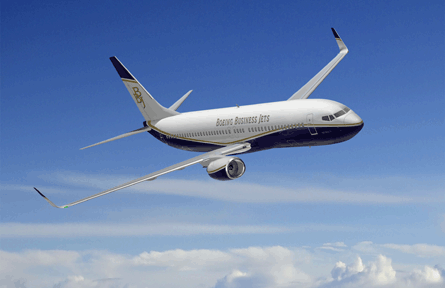Pratt & Whitney Canada will launch demonstration tests this year of engine core technology and advanced systems for a proposed 2,000hp engine designed to replace the most powerful versions of the venerable PT6 family.
The demonstrations will focus on technologies in development for the hot section of the engine as well as advanced electronic controls to manage the propellers and fuel injectors.
“What used to be a dream is going to be a reality very soon,” says Nick Kanellias, P&WC’s vice-president of marketing for general aviation.
P&WC has discussed such an engine for several years, but continues to stop short of a formal launch announcement.
Get all the coverage from EBACE on our dedicated landing page
If continued into production, the new 2,000hp-class powerplant would compete against a new single-engined turboprop engine in the same thrust class in development by GE Aviation for Textron Aviation’s new Cessna Denali. Featuring cooled turbine blades, a 16:1 overall pressure ratio and full-authority digital engine controls (FADEC), the GE Aviation design sets a new standard in the turboshaft engine market for general aviation.
P&WC has dominated the general aviation turboshaft market since introducing the PT6 in the early 1960s, and the company clearly will not allow GE’s recent venture into general aviation to remain unchallenged for long.
Although details of the proposed engine design remain secret, Kannellias notes that P&WC has integrated FADEC into some versions of the PT6 already, while advanced versions of the same engine approach a 14:1 overall pressure ratio using single-crystal turbine blades.
Not surprisingly, P&WC is willing to make one promise about the potential new engine. P&WC president John Saabas says: “It will be very, very fuel efficient.”
Source: Flight Daily News


























